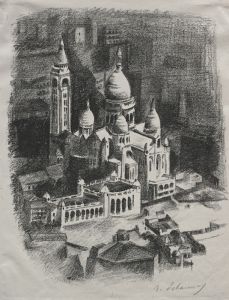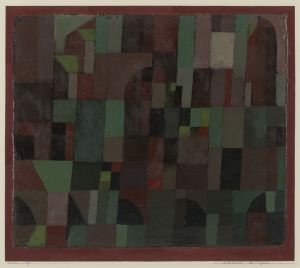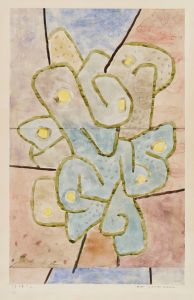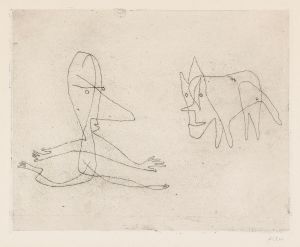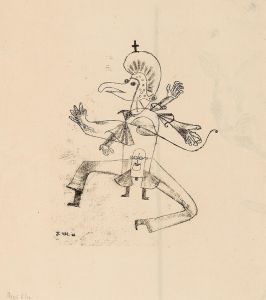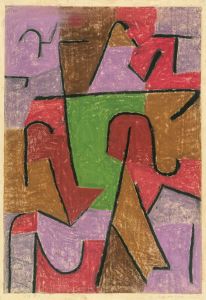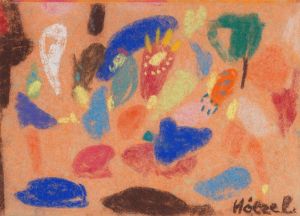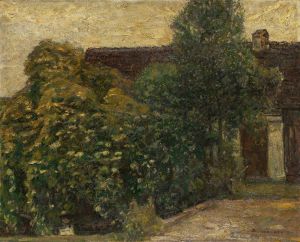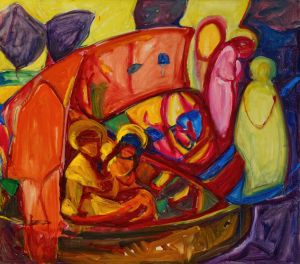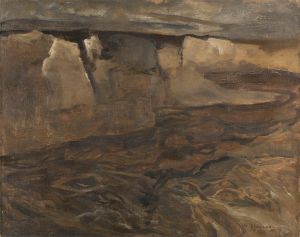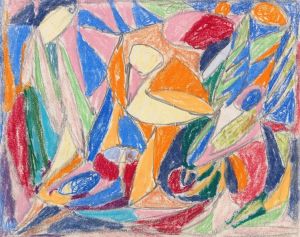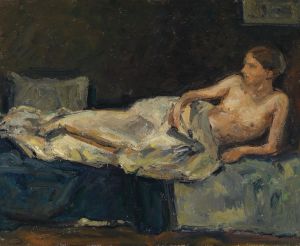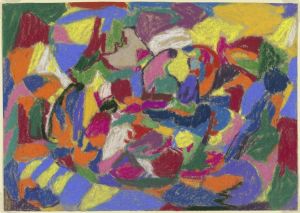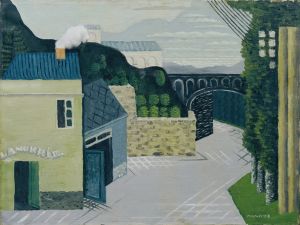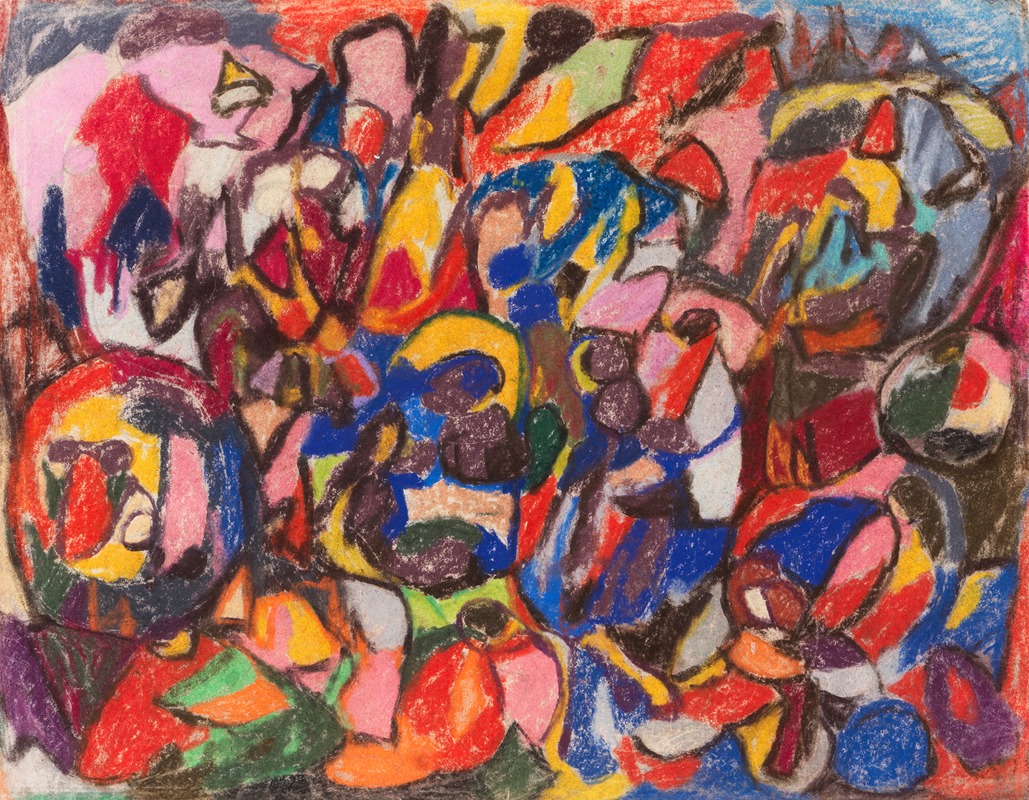
Figuren in Landschaft
A hand-painted replica of Adolf Hölzel’s masterpiece Figuren in Landschaft, meticulously crafted by professional artists to capture the true essence of the original. Each piece is created with museum-quality canvas and rare mineral pigments, carefully painted by experienced artists with delicate brushstrokes and rich, layered colors to perfectly recreate the texture of the original artwork. Unlike machine-printed reproductions, this hand-painted version brings the painting to life, infused with the artist’s emotions and skill in every stroke. Whether for personal collection or home decoration, it instantly elevates the artistic atmosphere of any space.
Adolf Hölzel was a significant figure in the development of modern art, particularly known for his contributions to abstract art and his role as a teacher. One of his notable works is "Figuren in Landschaft" (Figures in Landscape), which exemplifies his innovative approach to composition and color theory.
Adolf Hölzel was born on May 13, 1853, in Olomouc, in what is now the Czech Republic. He studied at the Academy of Fine Arts in Vienna and later at the Academy of Fine Arts in Munich. Hölzel's early work was influenced by Impressionism, but he gradually moved towards a more abstract style, focusing on the expressive potential of color and form.
"Figuren in Landschaft" is a painting that reflects Hölzel's transition from representational art to abstraction. While specific details about the painting's creation date and current location are not widely documented, it is known that Hölzel's work during this period was characterized by a departure from traditional perspective and a focus on the harmonious arrangement of colors and shapes.
Hölzel was deeply interested in the spiritual and emotional impact of art, and he believed that color and form could convey meaning beyond the literal depiction of subjects. This philosophy is evident in "Figuren in Landschaft," where the figures and landscape elements are stylized and simplified, allowing the viewer to focus on the interplay of colors and shapes.
Throughout his career, Hölzel was an influential teacher, and his ideas about color theory and abstraction had a lasting impact on his students. He taught at the Stuttgart Academy of Fine Arts, where he mentored several artists who would go on to become prominent figures in the modern art movement, including Oskar Schlemmer, Johannes Itten, and Willi Baumeister.
Hölzel's approach to teaching emphasized the importance of individual expression and experimentation. He encouraged his students to explore the emotional and symbolic potential of color, and he introduced innovative techniques that challenged traditional artistic conventions. His emphasis on abstraction and the spiritual dimension of art helped pave the way for the development of Expressionism and other modern art movements.
In addition to his work as a painter and teacher, Hölzel was also a prolific writer, and he published numerous essays on art theory. His writings further articulated his belief in the transformative power of art and the importance of color as a means of expression.
Adolf Hölzel passed away on October 17, 1934, in Stuttgart, Germany. His legacy as a pioneer of abstract art and a visionary teacher continues to be recognized and celebrated in the art world. "Figuren in Landschaft" remains an important example of his innovative approach to composition and his commitment to exploring the expressive potential of color and form.





